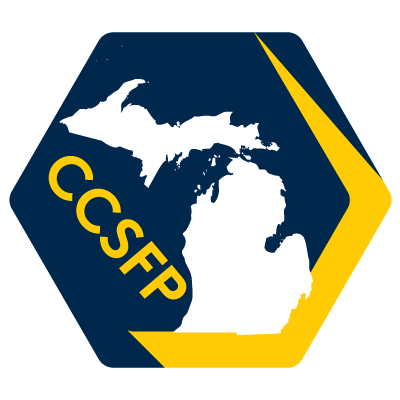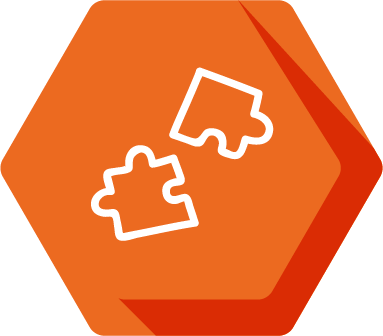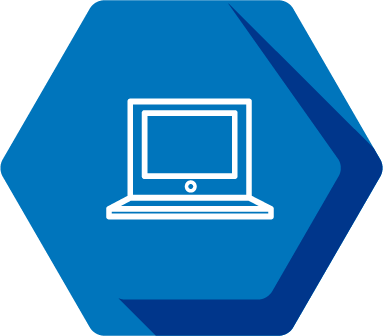Pablo Garcia Acuna

Pronouns: He/Him/His
UROP Fellowship: CCSFP, Washtenaw Community College
Research Mentor(s): Kimberlee Kearfott, ScD
Research Mentor Institution/Department: College of Engineering, Department of Nuclear Engineering and Radiological Sciences
Presentation Date: Wednesday, August 4th
Session: Session 1 (3pm-3:50pm EDT)
Breakout Room: Room 3
Presenter: 3
Abstract
A Geiger-Muller survey meter is a device for measuring radioactivity by detecting and counting ionizing particles. Antique Geiger-Muller (GM) survey meters recovered from fallout shelters were gifted to teachers by several nuclear scientific societies to demonstrate radiological principles. Although these GMs accomplish some educational objectives, they fail to engage students with modern technology to motivate nuclear careers, develop students’ electronic or software skills, or provide individuals with a more hands-on approach when it comes to exploring radiological sciences. This is why the Do-It-Yourself Geiger-Muller (DIYgm) project was created. This project has as its objective to expose students to STEM topics such as computer programming, circuit-building, and soldering, while maintaining a special emphasis on radiological and nuclear science disciplines. Students construct their own GM. The materials used include an inexpensive Raspberry Pi computer, basic circuit components, a customized printed circuit board (PCB), a soldering kit, a GM tube, and other common items that most individuals already own. GM tubes are filled with one or a mixture of two noble gases, and they function as radiation detectors when operated at high voltage settings. The charge difference within the tube produces a large electric field: once beta radiation enters the tube and is accelerated by the electric field, it collides with noble gases causing excitation and ionization. The buildup of electrons and the movement of charge output current pulses that are counted. In communication with the circuit board, the Raspberry Pi computer is controlled by a smartphone application. Data about radiation in the environment is created and mapped. In conclusion, using legacy or antique instruments to demonstrate nuclear science concepts both lacks modern appeal and is limited in the breadth of topics it introduces to students: the assembly of a working GM simultaneously exposes students to broader topics within STEM while providing insight and drawing more attention in nuclear science.
Authors: Pablo Garcia-Acuna, Andrew J Kent, Marlee E Trager, Jordan D Noey, Kimberlee J Kearfott
Research Method: Computer Programming







